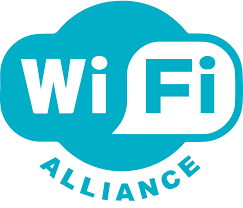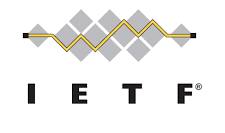Abstract
This standard defines a method for data sharing, interoperability, and security of messages over a network, where sensors, actuators and other devices can interoperate, regardless of underlying communication technology. The backend of such a globally scalable, secure and interoperable network would be based on the eXtensible Messaging and Presence Protocol (XMPP), and rely on infrastructural components, or bridges, with standardized interfaces that provide real-time conversion of other IoT and M2M protocols, such as those based on CoAP (Constrained Application Protocol), HTTP (Hypertext Transfer Protocol), MQTT (Message Queuing Telemetry Transport Protocol), AMQP (Advanced Message Queuing Protocol), etc., and other interoperability interfaces, such as those provided by the IEEE 1451 Smart Transducer Interface, oneM2M, OMA LWM2M (Open Mobile Alliance Lightweight M2M), OIC (Open Internet Connection), UPnP (Universal Plug and Play), IPSO (Internet Protocol for Smart Objects) Alliance, etc. The standard utilizes the advanced capabilities of the XMPP protocol, such as providing globally authenticated identities, authorization, presence, life cycle management, interoperable communication, IoT discovery and provisioning. Descriptive meta-data about devices and operations will provide sufficient information for infrastructural components, services and end-users to dynamically adapt to a changing environment. Key components and needs of a successful Smart City infrastructure will be identified and addressed. This standard does not develop Application Programming Interfaces (APIs) for existing IoT or legacy protocols.General Information
ICT rolling plan topic: Smart and Sustainable Cities
SDO: IEEE
Latest publishied version: https://standards.ieee.org/project/1451-99.html





